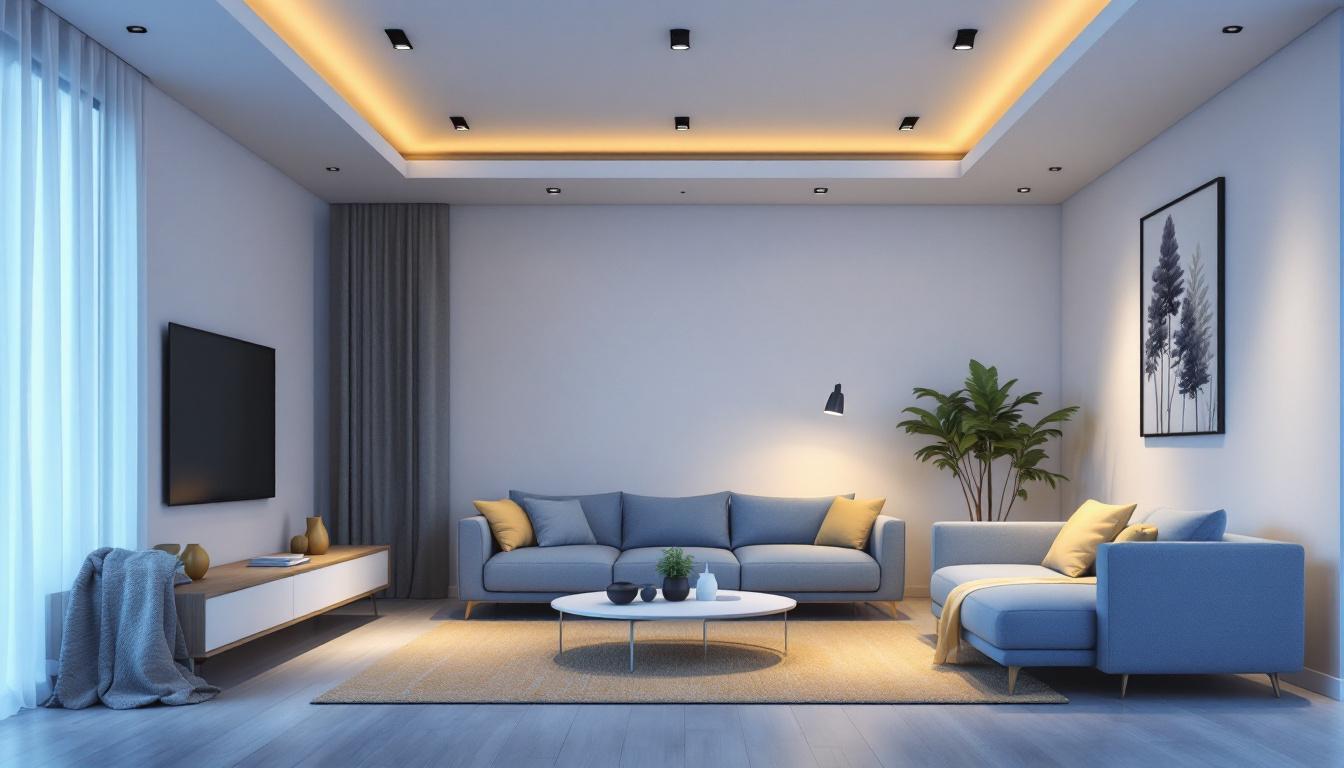
In the ever-evolving world of lighting design, recessed lights have become a staple in both residential and commercial spaces. Their sleek appearance and versatility make them an attractive choice for contractors and homeowners alike. However, as technology continues to advance, the need for future-proofing lighting projects becomes increasingly important. This article delves into the nuances of recessed lights retrofitting, providing insights on how to ensure longevity and adaptability in lighting installations.
Future-proofing is a critical consideration for any lighting project. It involves planning and implementing solutions that accommodate evolving technology and design trends, ensuring that installations remain relevant and functional over time. For lighting contractors, understanding the significance of future-proofing can lead to enhanced customer satisfaction and reduced costs in the long run.
One of the primary reasons to future-proof lighting projects is the rapid pace of technological advancements. LED technology, for instance, has transformed the lighting industry, offering energy efficiency and longer lifespans compared to traditional incandescent bulbs. However, even LED technology continues to evolve, with new features such as smart lighting and tunable white options becoming more prevalent.
By designing recessed lighting systems that can easily accommodate these advancements, contractors can provide clients with installations that remain cutting-edge. This adaptability not only enhances the functionality of the space but also positions the contractor as a forward-thinking professional in the eyes of the client. Moreover, integrating smart technology into lighting systems can offer additional benefits such as remote control capabilities and energy monitoring, allowing users to optimize their energy consumption and reduce utility costs. As the Internet of Things (IoT) continues to expand, the potential for interconnected lighting solutions will only grow, making it essential for contractors to stay ahead of the curve.
Design trends are another factor that can impact the longevity of lighting projects. As aesthetics shift, the demand for different lighting styles and configurations may arise. Future-proofing allows contractors to create flexible designs that can be easily modified or upgraded without extensive renovations.
For example, incorporating adjustable recessed lights that can be repositioned or dimmed can cater to changing preferences. This flexibility ensures that clients can adapt their lighting to suit new design trends or personal tastes without the need for a complete overhaul. Additionally, the rise of biophilic design, which emphasizes natural elements and connections to nature, has led to an increased interest in lighting that mimics natural daylight. By considering such trends during the planning phase, contractors can offer solutions that not only meet current demands but also anticipate future shifts in design philosophy. Furthermore, integrating features like color-changing LEDs can allow clients to customize their environments, creating spaces that are not only functional but also visually appealing and reflective of their personal style.
When embarking on a recessed lights retrofit, several key considerations can help ensure that the project is not only successful but also future-proof. From selecting the right fixtures to understanding installation techniques, these factors play a crucial role in the overall effectiveness of the lighting solution.
The selection of fixtures is paramount in any lighting project. For recessed lights, it is essential to choose products that are not only aesthetically pleasing but also compatible with future technologies. Opting for fixtures that support LED retrofitting is a wise choice, as this allows for easy upgrades as new LED options become available.
Additionally, contractors should consider fixtures with adjustable features, such as beam angles and color temperatures. These options provide clients with the flexibility to customize their lighting experience, making it easier to adapt to future design changes or technological advancements. Furthermore, selecting fixtures with integrated smart technology can enhance the user experience by allowing for remote control and automation, which is increasingly becoming a standard expectation in modern homes.
Proper installation techniques can significantly impact the longevity and adaptability of recessed lighting systems. Contractors should prioritize the use of high-quality materials and follow best practices to ensure that installations are robust and reliable. This includes using appropriate insulation and ensuring that fixtures are securely mounted to prevent any issues down the line.
Moreover, understanding the electrical requirements for future upgrades is essential. Installing compatible dimmer switches and ensuring that wiring can handle potential increases in wattage will facilitate seamless transitions to new technologies, such as smart lighting systems. It’s also advisable to consider the layout of the lighting; strategically placing recessed lights can enhance the overall ambiance of a room while minimizing shadows and glare. Additionally, incorporating a lighting control system can allow users to create different moods and settings, further enhancing the versatility of the space.
The integration of smart technology into lighting systems is becoming increasingly popular. Smart recessed lights offer a range of features, including remote control, scheduling, and voice activation. As more clients seek these advanced options, contractors must be prepared to incorporate smart technology into their lighting designs.
Smart lighting provides numerous benefits that enhance both convenience and energy efficiency. Clients can control their lighting remotely, adjust brightness levels, and even change color temperatures to suit their mood or activity. This level of customization not only improves the user experience but also contributes to energy savings.
By incorporating smart technology into recessed lighting projects, contractors can future-proof their installations. As smart home systems continue to evolve, having a lighting setup that integrates seamlessly with these technologies will be a significant selling point for clients.
When integrating smart technology, it is crucial to select systems that are compatible with existing infrastructure. Contractors should research various smart lighting options and ensure that they can be easily retrofitted into current recessed lighting setups. This includes considering compatibility with popular smart home platforms, such as Google Home or Amazon Alexa.
Additionally, contractors should educate clients on the benefits of smart lighting and how to use the systems effectively. Providing guidance on app usage and troubleshooting can enhance customer satisfaction and encourage clients to embrace the technology fully.
As sustainability becomes a priority for many homeowners and businesses, energy efficiency in lighting projects is more important than ever. Recessed lights can play a significant role in reducing energy consumption, especially when retrofitted with modern LED technology.
LED recessed lights are known for their energy efficiency, consuming significantly less power than traditional lighting options. By retrofitting existing recessed lights with LED fixtures, contractors can help clients reduce their energy bills while also minimizing their environmental impact.
Moreover, LED technology has a longer lifespan, which means less frequent replacements and reduced waste. This longevity aligns with sustainability goals and appeals to environmentally conscious clients. Contractors who prioritize energy-efficient solutions can position themselves as leaders in sustainable lighting practices.
In addition to using LED fixtures, implementing smart controls can further enhance energy efficiency. Smart lighting systems can be programmed to turn off when not in use, adjust brightness based on natural light levels, and even provide usage reports to help clients monitor their consumption.
By educating clients on the importance of energy efficiency and offering solutions that align with their sustainability goals, contractors can build strong relationships and foster trust. Future-proofing lighting projects with energy-efficient solutions ensures that clients can enjoy both cost savings and environmental benefits for years to come.
Flexibility is a key component of future-proofing recessed lighting projects. As design preferences change, the ability to adapt lighting configurations can significantly enhance the overall aesthetic and functionality of a space.
Incorporating adjustable recessed lighting fixtures allows for greater flexibility in design. These fixtures can be repositioned or redirected to highlight specific areas or features within a room. This adaptability ensures that clients can easily modify their lighting to suit evolving design trends or personal preferences.
Furthermore, adjustable fixtures can accommodate changes in furniture layout or room usage, providing a versatile lighting solution that meets the client’s needs over time. Contractors should consider recommending adjustable options to clients looking for long-term solutions that can evolve with their space.
When designing recessed lighting systems, it is essential to plan for potential future modifications. This includes considering the layout of the space and leaving room for additional fixtures or changes in configuration. By anticipating future needs, contractors can create installations that are not only functional but also adaptable.
Additionally, providing clients with a clear understanding of how their lighting can be modified in the future empowers them to make informed decisions. This proactive approach fosters trust and positions the contractor as a knowledgeable partner in the lighting design process.
Future-proofing recessed lights retrofits is an essential strategy for lighting contractors looking to stay ahead in a rapidly changing industry. By understanding the importance of adaptability, energy efficiency, and smart technology integration, contractors can create lighting solutions that meet the evolving needs of their clients.
From selecting the right fixtures to implementing flexible designs, every aspect of the retrofitting process should be approached with future-proofing in mind. By prioritizing these considerations, contractors can ensure that their installations remain relevant and functional for years to come, ultimately leading to enhanced customer satisfaction and long-term success in the lighting industry.
Ready to take your lighting projects to the next level? At LumenWholesale, we provide the cutting-edge, spec-grade lighting solutions you need to future-proof your installations. With our unbeatable wholesale prices and commitment to quality, you’ll find everything required to retrofit recessed lights that adapt to technological advancements and changing design trends. Say goodbye to middleman markups and hello to hassle-free bulk buying with free shipping. Elevate your lighting game and ensure your projects shine for years to come. Wholesale Lighting at the Best Value is just a click away. Partner with LumenWholesale today for quality, affordability, and convenience in every beam of light.
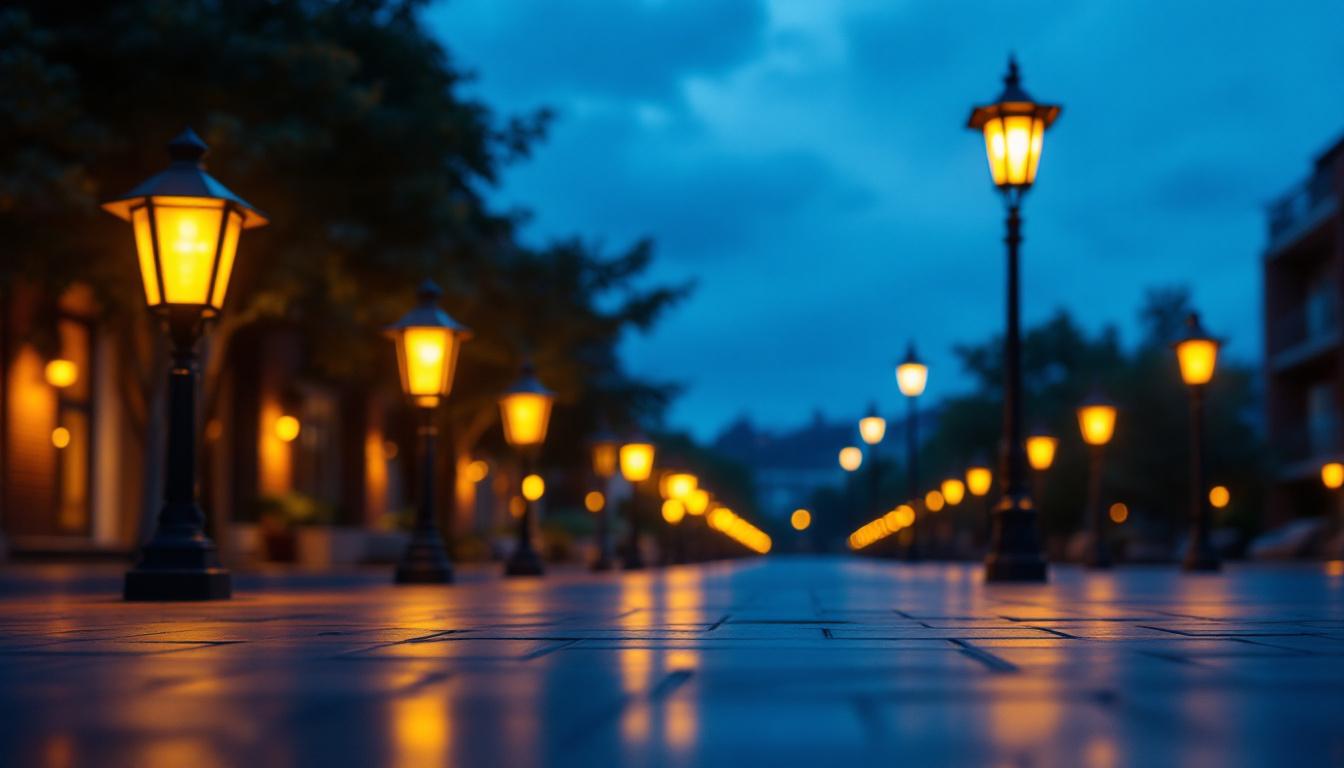
Discover essential compliance guidelines for outdoor light lanterns that every lighting contractor should know.
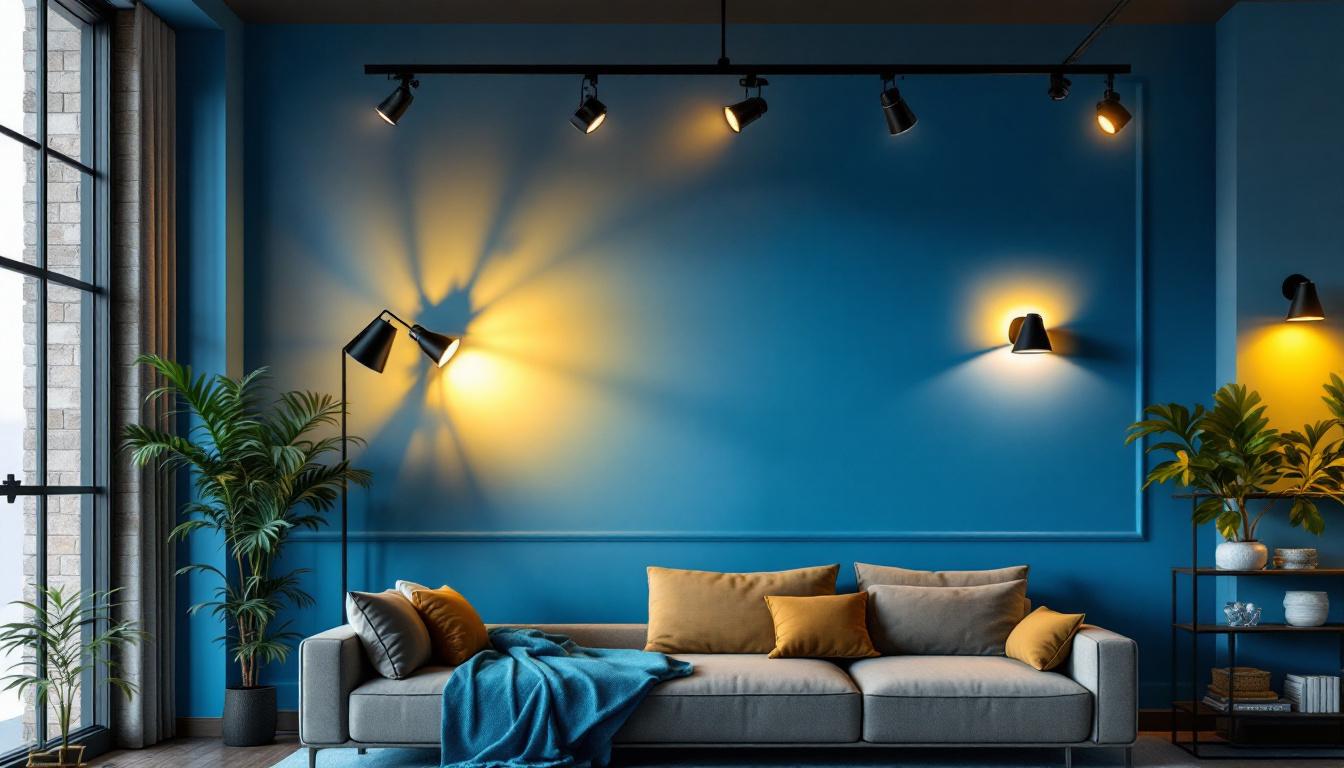
Explore the pros and cons of decorative track lighting compared to other lighting options.
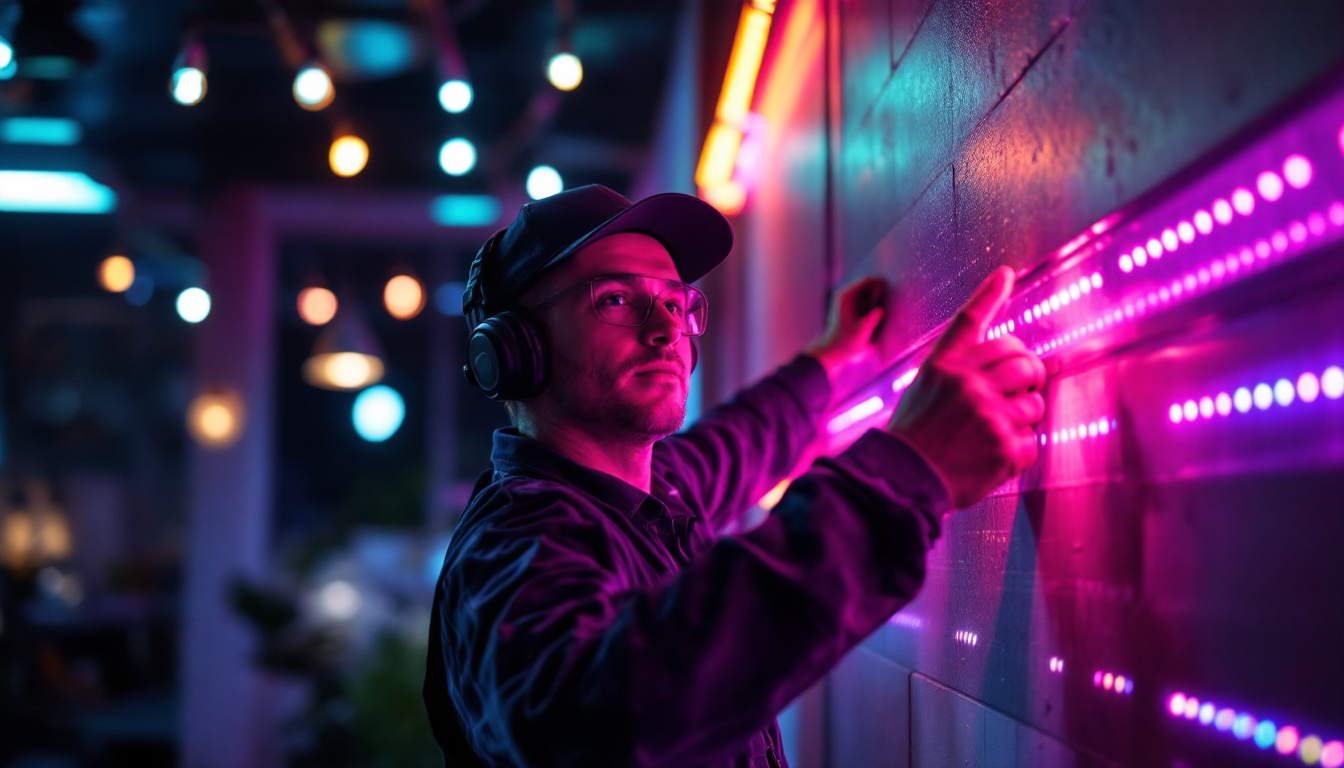
Discover the transformative power of Light RGB LED technology for lighting contractors.
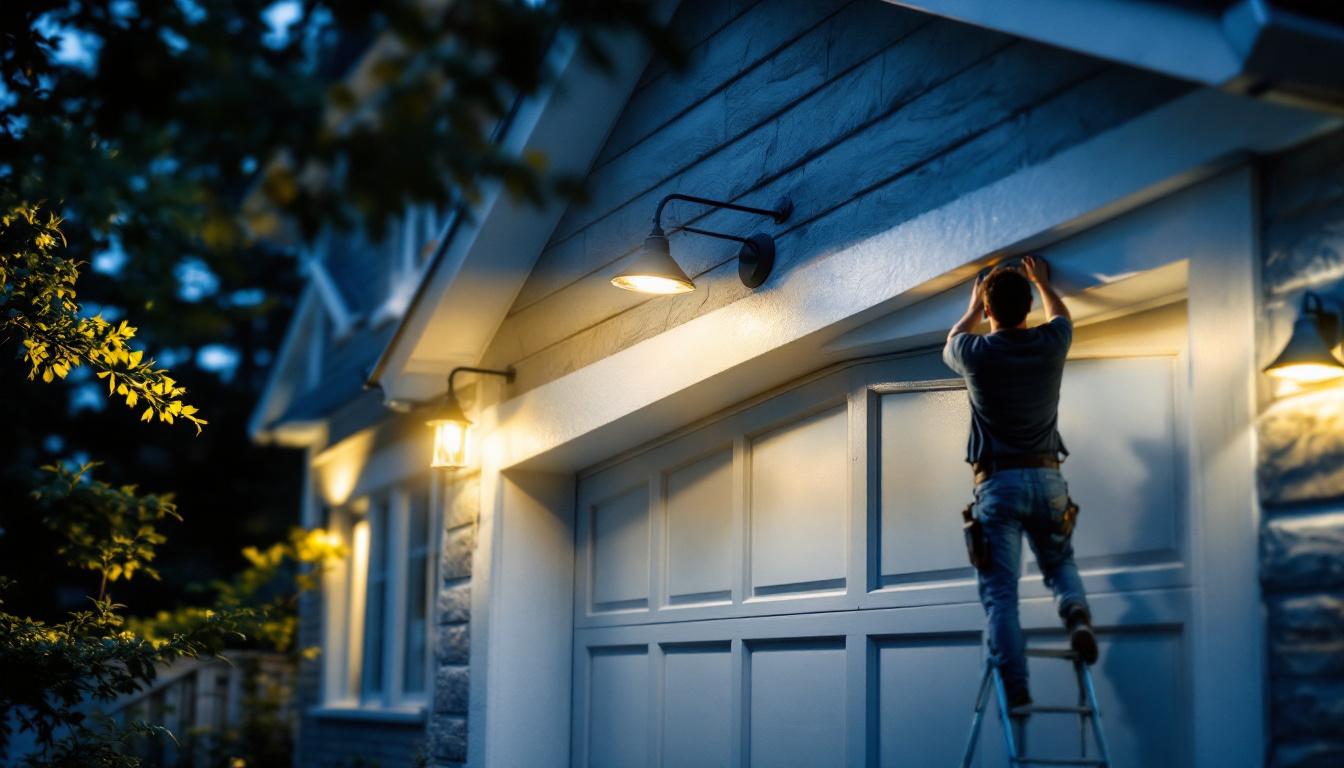
Discover how exterior light fixtures for garages can enhance efficiency for lighting contractors.